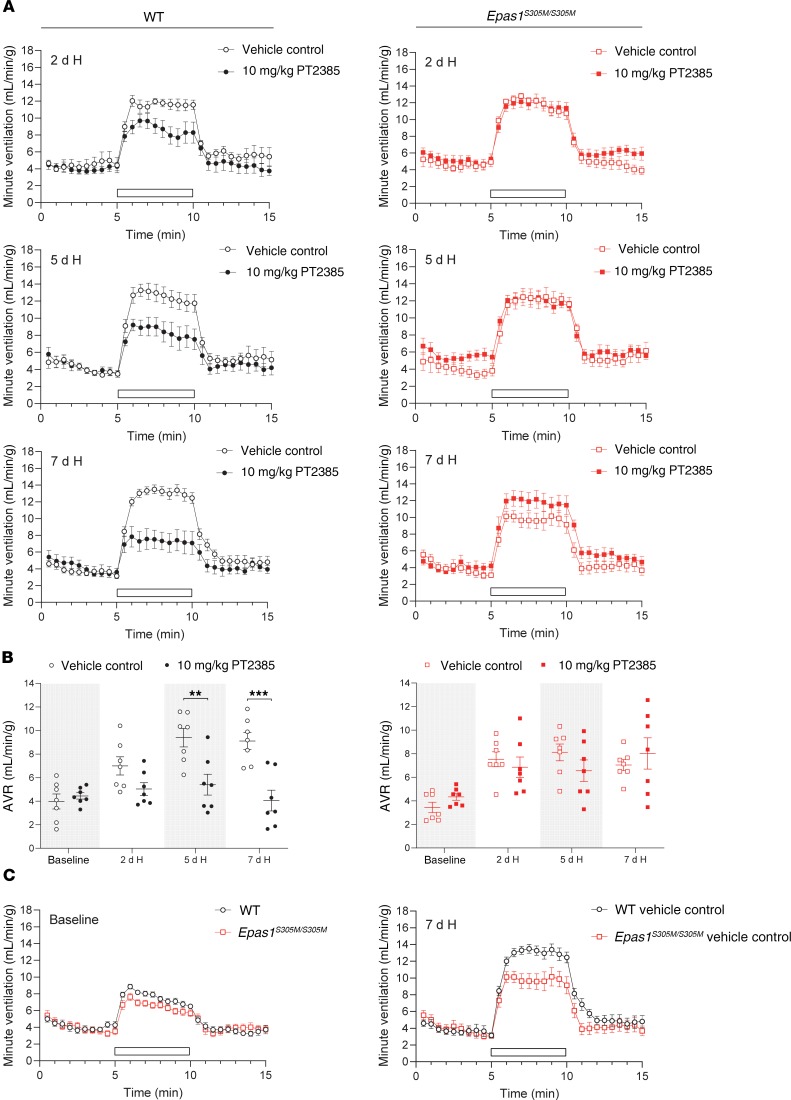Figure 6. Epas1S305M/S305M male mice are resistant to PT2385 effects on enhanced ventilatory sensitivity to hypoxia.
Graphs show minute ventilation in response to an acute (5 minutes) challenge with 10% O2/3% CO2 (white bars) before (baseline) and after the indicated exposure to hypoxia (H, 10% oxygen). (A) Comparison of WT and Epas1S305M/S305M male mice treated twice daily with 10 mg/kg PT2385 (or vehicle), beginning 24 hours before 7 days of exposure to hypoxia and continuing throughout (to a total of 8 days of treatment) (n = 7). (B) Graphs show AVRs to challenges with 10% O2/3% CO2, quantified from the minute ventilation in A. Data from each genotype were analyzed by 2-way repeated measures ANOVA, with baseline recordings removed from statistical analyses (P values in Table 2), followed by Holm-Sidak’s multiple comparisons 2-tailed tests for individual time point comparisons, for which significance is reported in the graphs. **P < 0.01; ***P < 0.001. (C) Comparison of ventilatory sensitivity in vehicle-treated WT and Epas1S305M/S305M male mice before (baseline) and after 7 days of exposure to hypoxia. For baseline comparison, measurements were pooled from all treatment groups per genotype (n = 14). Data at 7 days are replotted from A to provide direct comparison (n = 7).

